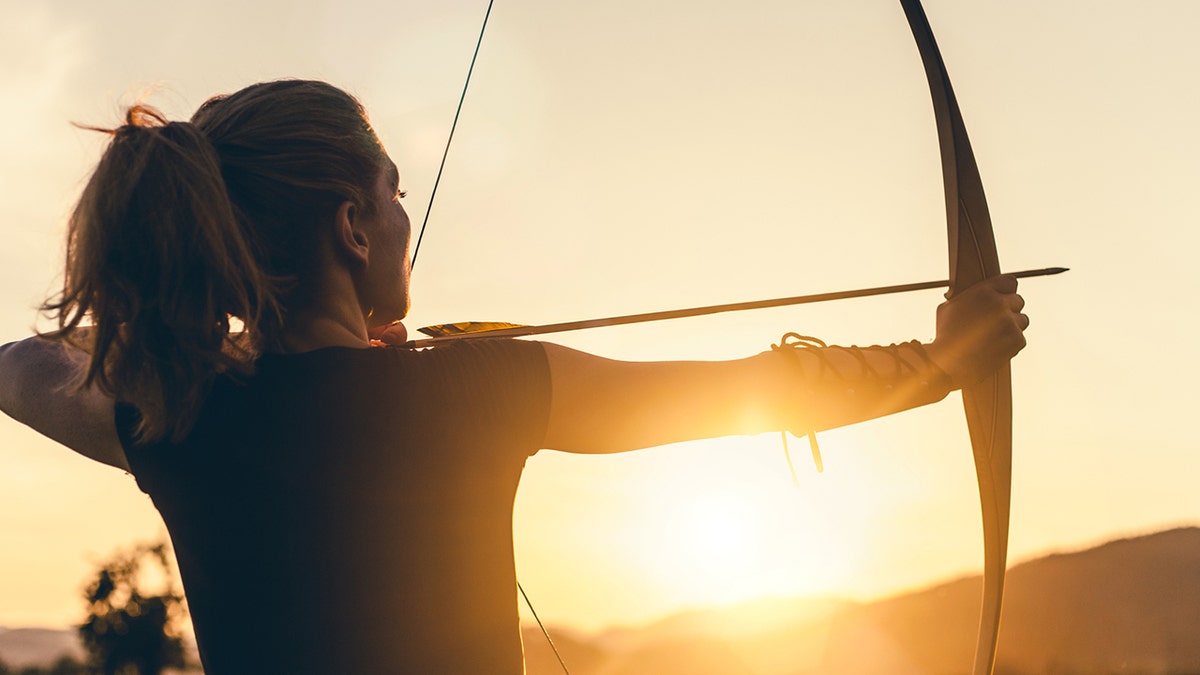
Hunting with a more traditional bow presents its challenges, but it offers an entirely new experience in the great outdoors. (Lance Krueger/Outdoor Life)
The tool of choice for most bowhunters is a modern marvel. It’s highly engineered, supremely efficient, and forged from aluminum, carbon, steel and computer-aided algorithms.
And then there are the rest of us: bowhunters who use a tool that is simple and enduring. It’s built of wood and fiberglass by the human hand, and though it’s comparatively limited in range and efficiency, it’s absolutely deadly when mastered.
A few aspects of traditional bow design have been influenced by modern technology. But for the most part, it has remained largely unchanged since the days of Ishi, Fred Bear, and Howard Hill. And the stickbow is riding a newfound wave of popularity as more bowhunters look to change up their experience in the woods.
RELATED: TOP 10 TRADITIONAL ARCHERY BROADHEADS
Thinking about making the plunge into a simpler side of bowhunting? Here’s what you need to know.
The Bows
There are two basic types of traditional bows: longbows and recurves. You probably already know the fundamental differences between the two, but there’s a whole lot more to the design of each than first meets the eye.
Longbows are the oldest design. It is possible to get a flat stick-and-string, but “modern” longbows are likely to have varying degrees of reflex/deflex in the limbs, and those limbs will be trapped.
The advances in geometry are quite subtle but have had a big impact on overall bow performance. Modern traditional bows are of a laminated construction, meaning the limbs are made up of thin layers of wood and fiberglass sandwiched together using high pressure and heat-cured adhesives. The addition of carbon laminations and tapered wedges near limb tips is something only a scrutinizing eye would notice, but the impact on a bow’s efficiency and overall performance are appreciable.

Traditional bowhunters use bows made of wood and fiberglass, as opposed to aluminum, carbon or steel. (iStock)
Most traditional bows are one-piece designs, but many are takedown models. There’s a buzzing world of bow manufacturers and craftsmen producing everything from high-volume production models to one-off custom builds.
The Basics
If you’ve shot only compound bows, you’re in for a much different shooting experience with a traditional bow. Some say you’ll have an easier time transitioning from a compound if you use a recurve with a machined riser. I say that’s nonsense. The grip might be modern and familiar, but that’s where the similarities end. Don’t pick an ILF riser simply because you think it’ll give you a shortcut in learning how to shoot a traditional bow. It won’t.
BOWHUNTING: 7 TIPS TO HELP YOU SHOOT MORE FISH THIS SUMMER
Traditional bows are shot with fingers on the string. No release aids. The most popular shooting styles are three-under and the Mediterranean draw. Both work and both will take plenty of practice to master. Choose the style most comfortable for you.
You won’t be using sights to aim. You’ll be shooting instinctively or sighting down the arrow shaft. It is possible to use a simple rest, but most serious traditional bowhunters prefer to cant the bow and shoot directly off the arrow shelf.
The draw cycle is quite different as well. There is no valley. No let-off. No solid back wall. Drawing and anchoring the bow consistently will require muscle memory that comes only with practice. I release the arrow when my index finger brushes the corner of my mouth. Others bring the string to the tip of their nose and gap shoot. Your style will develop only after enough practice.
The Lingo
- Cant: Purposely tilting a traditional bow to keep the arrow resting on the shelf and to improve the sight window for instinctive shooting.
- Gap Shoot: This is a style of traditional shooting that uses the point of the arrow as an aiming reference. The “gap” refers to the space between where the arrow point needs to be held and the target at varying distances.
- ILF Risers and Limbs: Risers and limbs made to International Limb Fitting specs are, in theory, cross-compatible, allowing you to mix risers and limbs of takedown bows from different manufacturers.
- Mediterranean Draw: A string-gripping style that places the index finger above the arrow nock, and the middle and ring fingers under it.
HOTTEST NEW CROSSBOWS FROM 2018 ATA SHOW
- Reflex/Deflex: The amount of curve away from (reflex) or toward (deflex) the shooter in a bow’s limb or riser. A classic recurve has a reflexed riser with deflexed limb tips.
- Takedown: Any bow that can be disassembled, usually by removing the limbs from the riser.
- Three-Under: A string-gripping style that’s just as it sounds: The index, middle, and ring fingers all go under the arrow nock.
- Trapped: The term for bows featuring trapezoidal limbs where the belly of the limb is wider or narrower than the face. The design makes for a lighter, faster bow.


























